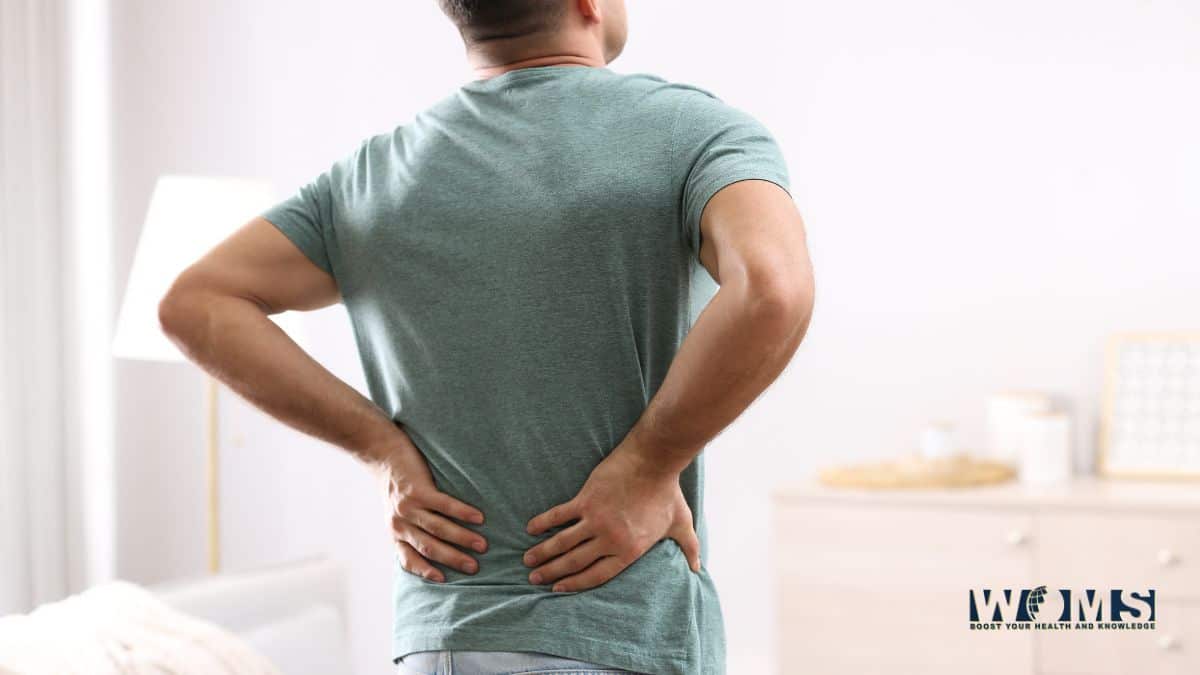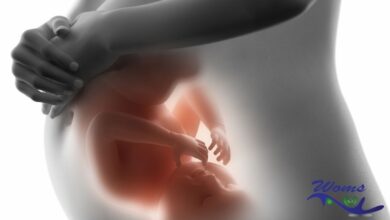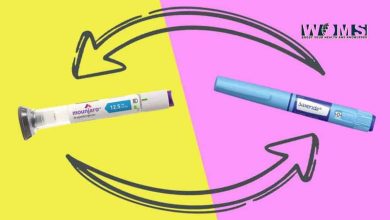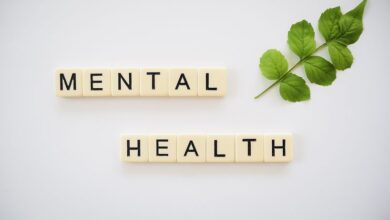Let’s Understand the Lumbar Spinal Stenosis and Its Treatment

Back and joint pain, along with headaches and muscular pains, are all unfortunate realities of human existence. On the one hand, the sensation of pain is the body’s method of alerting us to the fact that we need to pay attention to an injury or illness. However, an excess of pain can have the opposite effect, contributing to mental health problems including sadness and worry.
Spinal stenosis back pain is no different in this regard. Age spots, also known as liver spots, are a common sign of skin damage caused by the ravages of time. However, the spine may deteriorate too, and one of the most prevalent problems people face as they age is spinal stenosis.
Let’s talk about what spinal stenosis is, why it occurs, how to recognize it, and what treatments your doctor may offer.
What is Spinal Stenosis?
Narrowing of the spinal canal, also known as spinal stenosis. That’s the cavity in your body that starts at the top of your head and ends at your pelvis. The spinal column protects the spinal cord, a narrow tube of nerve tissue that extends from your brain to the rest of your body. Nerve roots, which extend from the spinal cord like the roots of a plant, allow us to move and feel.
When your spinal canal narrows, major issues might arise. The spinal cord and nerve roots in the area are under increasing amounts of stress. This can lead to numbness and tingling all throughout the body, difficulty walking, and even bladder and bowel problems.
Usually, signs and symptoms begin mildly and develop with time. The problematic part is the symptoms at initially might be so small, most people neglect them and the illness advances without them knowing. Once the stenosis is found, it can sometimes be shocking to the clinician and the patient how bad the problem has gotten considering the modest nature of the symptoms.
Why does it occur in the spine?
As there is no cure for spinal stenosis, early discovery, and treatment of the core cause can give considerable pain relief and improve symptoms. Spinal stenosis is most frequent in the elderly because of the natural aging process of the spine, but it can also be inherited and triggered by traumas or other medical issues.
You have experienced persistent and chronic back pain. Sometimes this back ache flares up and becomes almost terrible. This discomfort, however, must be dealt with if you are to go to work or continue with your regular activities. At some time, you decide to schedule a medical examination, and during that examination, a diagnosis of lumbar spinal stenosis is made.
You now have a diagnosis and a slew of new medical jargon to learn about because of your back pain.
How Do Doctors Determine if You Have Spinal Stenosis?
Your doctor will ask about your symptoms and do a full physical exam, during which they will be on the lookout for numbness and weakness as indicators of spinal stenosis.
Potential Medication and Treatments for Spinal Stenosis
The degree of your symptoms will determine how you are treated for spinal stenosis. If your symptoms are moderate, you may find relief with self-care measures like stretching and massage. Your doctor may prescribe medication, suggest physical therapy, or even suggest surgery if your symptoms are severe enough.
Vertosmed.com mild approach is an effective way to treat LSS in the elderly, and it causes far less discomfort than traditional surgical methods. Remove a significant source of neurogenic claudication in your LSS patients, especially those with co-morbidities. Patients can benefit from mild, therapy with the same safety profile as an ESI but longer-lasting effects, for the duration of their treatment. Find more about the primary advantages, clinical results, and potential integration of the mild Procedure into your treatment strategy.




